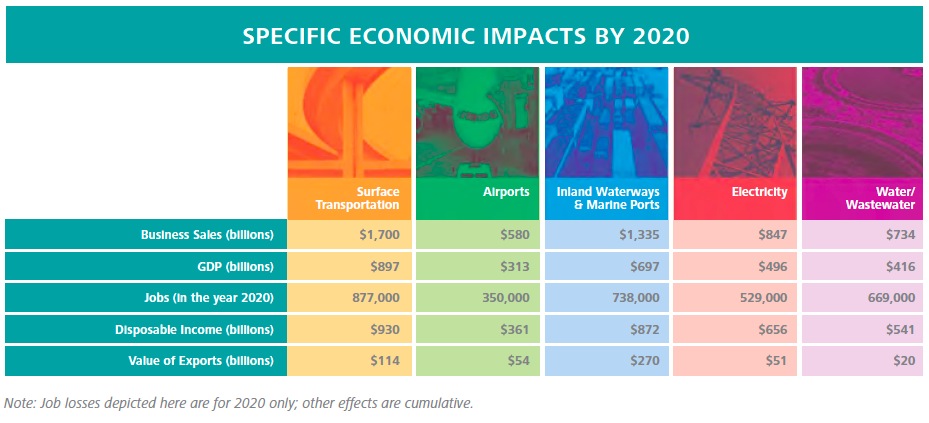
AUTODESK
Making The Grade represents the consensus of many who attended the meeting “Executing a Sustainable Infrastructure Vision” convened by the White House Council on Environmental Quality (CEQ) initially in 2012. The Making the Grade roundtable that followed in 2013 was comprised of experts from 45 companies representing the scope of the U.S. infrastructure industry—planning, engineering, construction, and technology—and their counterparts from local governments, professional organizations, think tanks, financial advisors, academic institutions, and others. Participants agreed to an ambitious goal: describe a new vision and path forward for regaining and sustaining America’s public infrastructure leadership.












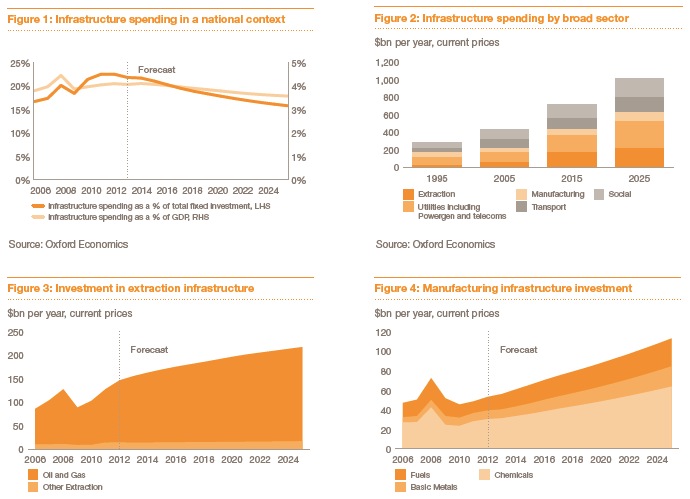
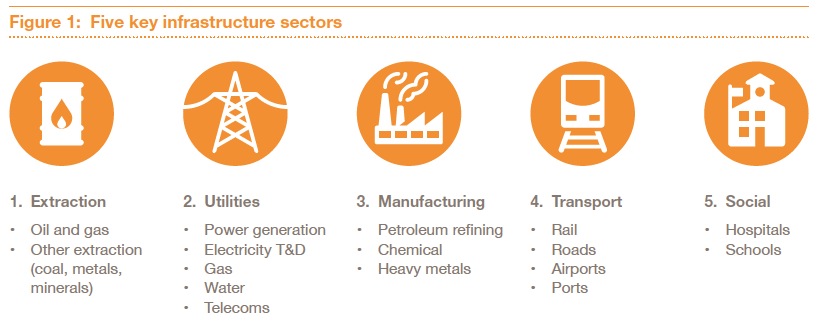
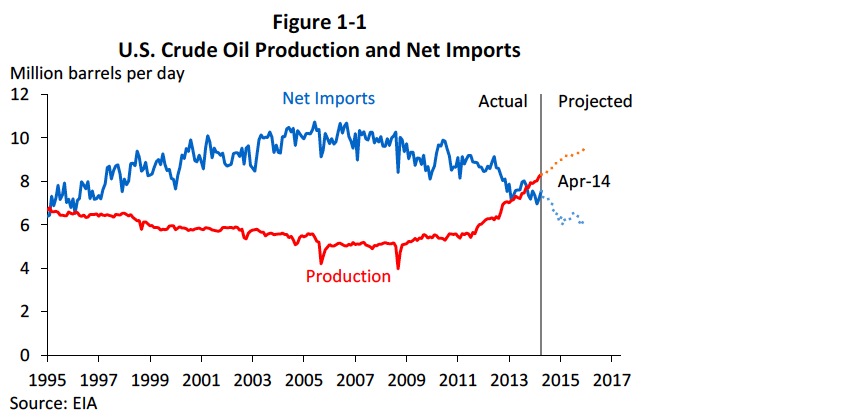



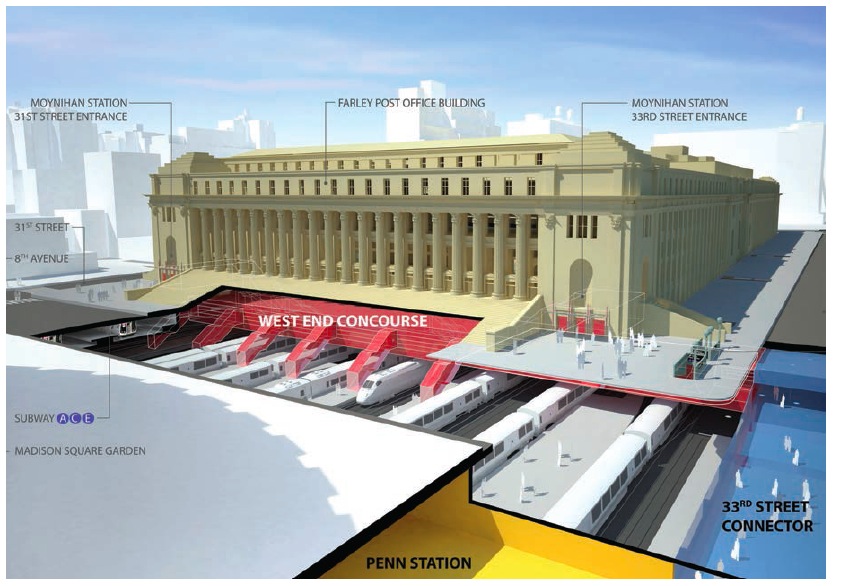
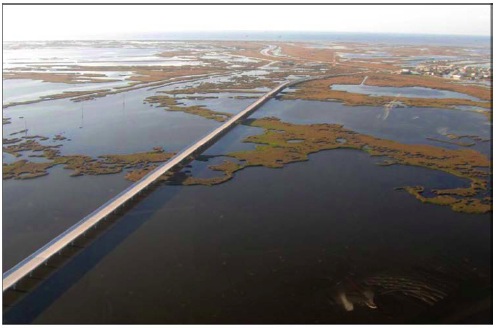
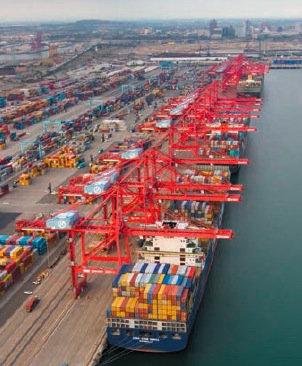

 RSS Feed
RSS Feed